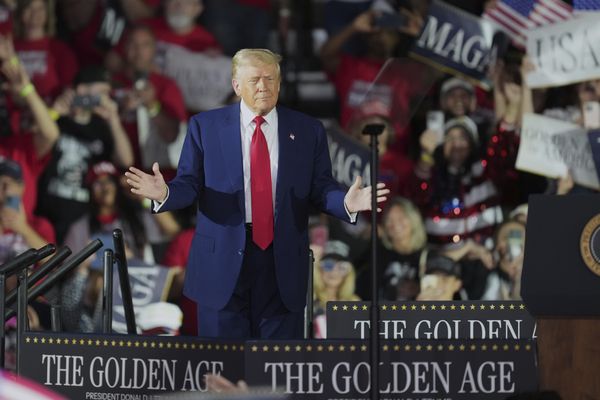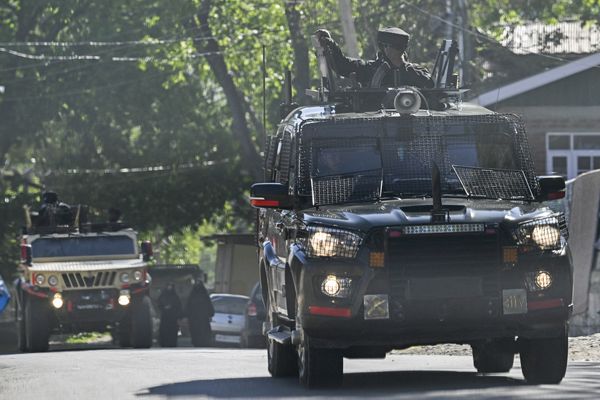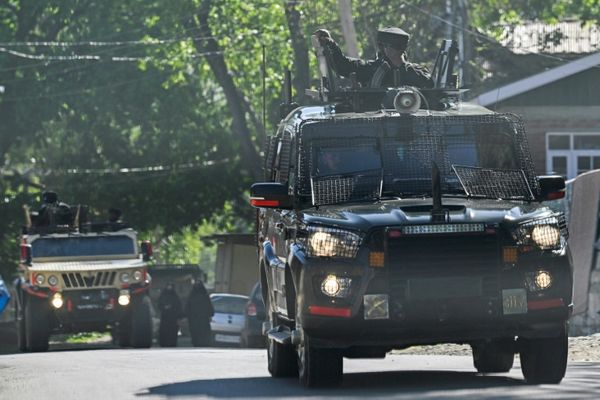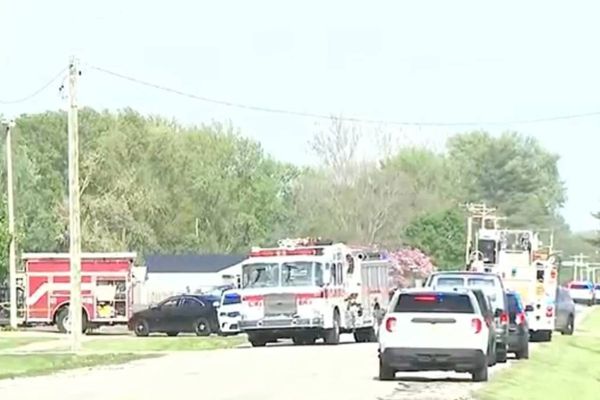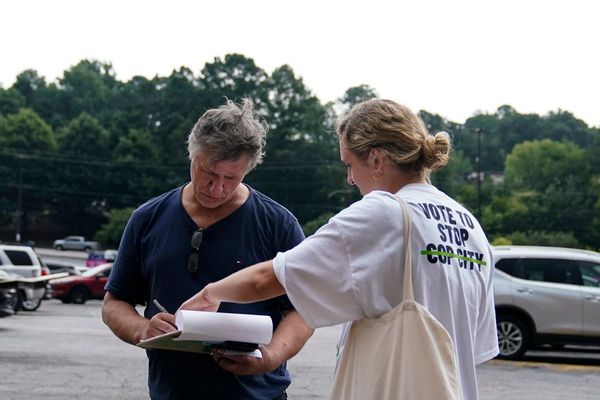On a February day that saw one contender crash and another rise, that saw two future Hall of Famers change teams and roughly [checks abacus] 375 second-round draft picks change hands, the most profound lesson was the one we already should have learned:
In the NBA, everything—everything—is ultimately about the superstars.
Catering to them. Reassuring them. Providing the role players they like. Jettisoning the ones they don’t. Maximizing their talents, their careers, their championship windows. And—when things go haywire—maximizing their trade value.
So Kevin Durant is now in Phoenix, and Russell Westbrook is in limbo. Stephen Curry is surely a little happier, and LeBron James is a whole lot happier. Luka Dončić, too. And about four dozen role players are living out of suitcases after being shipped out in one of the 17 trades made this week—14 of them in the final 24 hours before Thursday’s trade deadline.
It was one of the busier, wilder, bolder and more dizzying trade-deadline weeks in recent history—including the exceedingly rare Blockbuster That Tips the Balance of Power. That would be the Suns’ acquisition of Durant from Brooklyn, a trade that has everything to do with modern superstar dynamics and superstar power.
In acquiring Durant—and slotting him alongside Devin Booker, Chris Paul and Deandre Ayton—the Suns instantly stamped themselves as title contenders. They paid a premium: four first-round picks, one pick swap and two talented young wings, Mikal Bridges and Cam Johnson. But the Suns’ window to win with Paul, a future Hall of Famer who turns 38 this year, was rapidly shrinking. And the pressure to maximize Booker’s prime was growing.
What the Nets did was arguably more dramatic: They detonated a title contender in the middle of a season. Let me repeat that: The Brooklyn Nets—who were second in the East before Durant went down with a sprained knee, who were still second just 25 days ago, and on pace for 54 wins—just blew themselves to smithereens in the middle of a season in which they had a plausible chance to make the Finals.
There is no modern precedent for this (at least, none that immediately sprung to mind in a quick survey of longtime NBA observers). We’ve seen powerhouses sunk by injury and age and bad luck. Occasionally, a star-laden team gets broken up over the summer, due to egos or payroll concerns. But a contender dismantled in February? It just doesn’t happen.
Of course, these are different times.
Watch the NBA with fuboTV. Start your free trial today.
The Nets opted to trade Durant, because their title hopes had already been sabotaged when his friend and costar Kyrie Irving demanded a trade last week—a request the Nets granted when they shipped Irving to Dallas on Monday.
Just four years ago, the Nets had been the beneficiaries of the Superstar Empowerment era, with Durant and Irving conspiring to join them in free agency. It’s not that the Nets necessarily wanted Irving, but they accepted his signature as the price of landing Durant, one of the greatest players of all time. And the Nets just kept catering to their stars—on coach hirings and firings, free-agent signings and the ill-fated James Harden trade (which eventually begat the ill-fated Harden-for–Ben Simmons trade).
When Irving soured on the Nets (just as he’d soured on the Celtics and Cavaliers before), team officials were left with few palatable options. So out came the cartoon plunger. Kaboom.
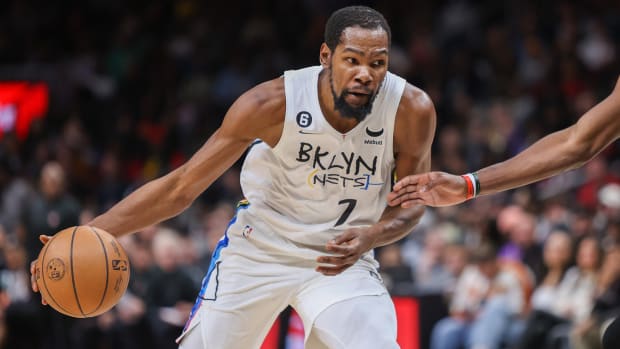
Brett Davis/USA TODAY Sports
The Nets’ title hopes weren’t the trade deadline’s only casualty. Also suffering a quick death: conventional wisdom. Insiders had predicted a dullish final week, because the uncommon parity this season had left the league without enough sellers. (Oops.) Those same voices said the Raptors controlled the market—and even held the market hostage—because everyone was trying to pry loose a Pascal Siakam, or an OG Anunoby, or a Fred VanVleet, before making any other moves. (The Raptors traded none of them.)
As it turns out, the league didn’t need a Raptors fire sale or a Bulls teardown to spark the trade frenzy. And the biggest seller wasn’t the typical depressed lottery team but a depressed contender.
Brooklyn’s pain became Dallas’s and Phoenix’s gain. The Mavericks—who were desperate to get Dončić a costar—now have the most dynamic backcourt in the league. And, at least for now, they won’t have to worry whether their 23-year-old MVP candidate is growing restless. (But check back again this summer, when Irving becomes a free agent.)
Urgency and desperation were the drivers of the day.
The Lakers—who are in danger of missing the playoffs again, despite an MVP-level season from James—dumped the discontented Westbrook and revamped their rotation with four new players: D’Angelo Russell, Malik Beasley, Jarred Vanderbilt and Mo Bamba. Westbrook landed with the rebuilding Jazz, who will almost certainly release him.
Just two summers ago, the Lakers traded half their rotation to get Westbrook—in part because James pushed for him. But Westbrook proved a poor fit with James and Anthony Davis, both functionally and temperamentally, and locker room tensions were boiling before the Lakers unloaded him. James had been pushing all season for the front office to make a move. He’d openly lobbied for Irving, his former teammate in Cleveland. He was openly disappointed when the Lakers failed to land him.
Meanwhile, Westbrook could land with the Lakers’ next-door neighbors, who are managing their own state of desperation right now.
The Clippers—who acquired Kawhi Leonard and Paul George the same week the Nets landed Durant and Irving—have also been a disappointment, and keep churning the roster in search of solutions. On Thursday, they jettisoned John Wall—a fading star who was supposed to be the answer at point guard—along with marksman Luke Kennard and guard Reggie Jackson, and acquired a streaky young scorer (Bones Hyland), an aging shooter (Eric Gordon) and a backup center (Mason Plumlee). They’re now reportedly front-runners to sign Westbrook, which would make them the fourth team in four years to pin their hopes on the ball-dominant vet.
The clock is ticking on the Leonard-George era, nearly as loud as it’s ticking on the LeBron era, which still isn’t as loud as the grandfather clock booming in the Bay Area, where the Warriors are suddenly facing their own mortality, just eight months after winning the championship.
There were no blockbuster deals for the Warriors this week, just a blockbuster concession: They traded James Wiseman, the No. 2 pick in the 2020 draft, once viewed as a bridge to their post-Curry future, in a complicated deal that brought back Gary Payton II, a defensive ace and valued member of their ’22 title team.
Just last spring, Warriors officials were touting their “two-timeline” agenda, contending for titles now behind Curry, Klay Thompson and Draymond Green, while developing the next generation: Wiseman, Jonathan Kuminga and Moses Moody.
For two years, the Warriors steadfastly refused to trade their prospects (or the draft picks they used to get them), firm in the belief they could succeed on two tracks. Wiseman, a talented 7-footer, was supposed to be their next big star. But his progress had stalled. And the Warriors—hovering around .500, with a lackluster bench—couldn’t afford to wait any longer. Curry turns 35 next month.
So the Warriors did what one does when you’re an NBA franchise with a transcendent star, a shrinking window and a flawed roster: whatever the star needs.
